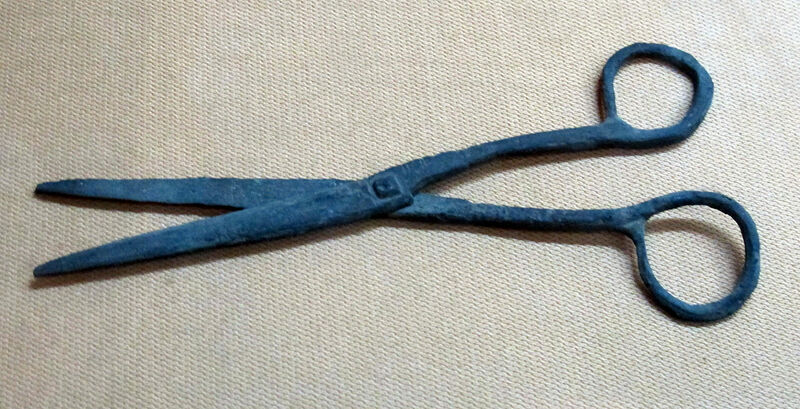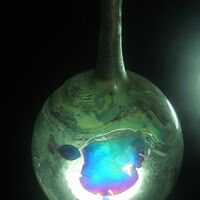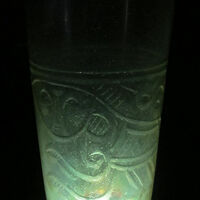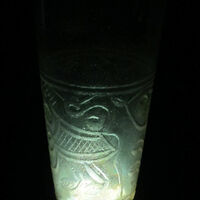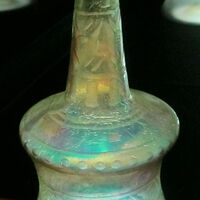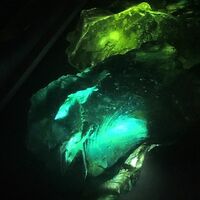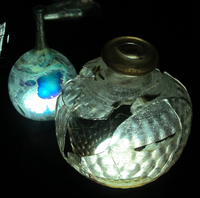Serçe Limanı shipwreck
Type:
Bowls,
Coins,
Drinking vessels,
Flasks,
Game pieces,
Vases
Date:
ca. 1025
Location or Findspot (Modern-Day Country):
Turkey
Medium:
Glass,
Earthenware
Description:
In approximately 1025, a Byzantine merchant ship picked up its cargo around the coast of present-day southern Lebanon or northern Israel, areas that were then part of the Fatimid Empire. It sank at Serçe Limanı, off the Turkish coast, where it was discovered in 1973. It is sometimes called the "Glass Wreck" because it was carrying 10,000 to 20,000 glass vessels, recovered in the form of half a million to one million shards. In addition to intact vessels, the ship was carrying several tons of cullet, or scrap glass, destined to be recycled into new glass. There were also non-glass items recovered from the wreck: pottery and glazed bowls, carpenter's tools, weapons (spears, a decorative bronze sword hilt), jewelry (a filigree gold earring, rings), fishing gear, personal grooming implements (combs and scissors), game pieces, and coins (both Byzantine and Fatimid). Three of the gold coins were dinars of the Fatimid Caliph al-Hakim bi-Amr Allah (r. 996–1021).
Relevant Textbook Chapter(s):
6
Repository and Online Resources:
• Read more about the wreck on the website of the Institute of Nautical Archaeology.
• Many of the pieces are now on display at the Bodrum Museum of Underwater Archaeology (Turkey).
Image Credits:
Wikimedia, Anita Gould
